SeaBotix vLBV in Air-Deployed MCM Exercise
The SeaBotix vLBV300 ROV was recently part of a MCM test exercise put on by Explosive Ordnance Disposal Training and Evaluation Unit One (EODTEU ONE) in San Diego. Two small combat rubber raiding craft (CRRC) containing the vLBV and an AUV were launched from a C-130 Aircraft via parachute to the ocean off Southern California and followed by a contingent of U.S. Navy EOD technicians.
It is estimated the equipment hit the surface of the ocean at up to 6 m (approximately 20 ft.) per second in the partially-inflated CRRCs. The team then readied the gear and deployed the AUV to scan for any targets.
Once a suspicious object was located with the AUV, target data was uploaded to the SeaBotix vLBV control console and then the vLBV was piloted to the target for positive identification. The target was confirmed at approximately 54 m (175 FSW) in less than three hours, significantly reducing the typical time required for the same operation done traditionally, while reducing the number of personnel required.
The SeaBotix vLBV300 enables high risk underwater operations by reducing diving hazards to personnel, mission time, and number of team members required to complete operations. One participant contacted a SeaBotix representative after the exercise to thank them for making “extremely rugged equipment.”
SeaBotix has delivered well over 100 vLBV systems since mid-2011 with many of those being to militaries worldwide in applications including MCM operations, salvage, diver observation and ship’s husbandry.
seabotix.com




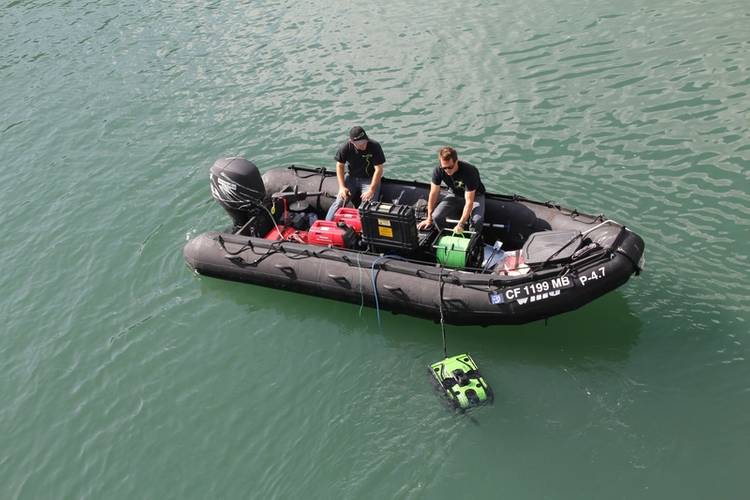
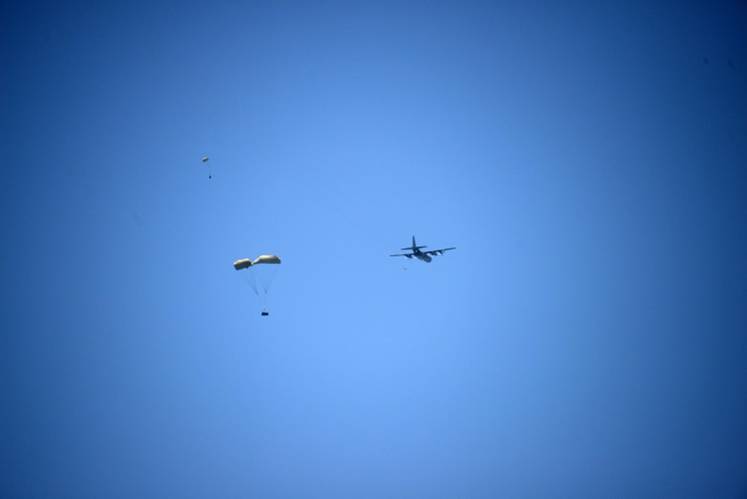
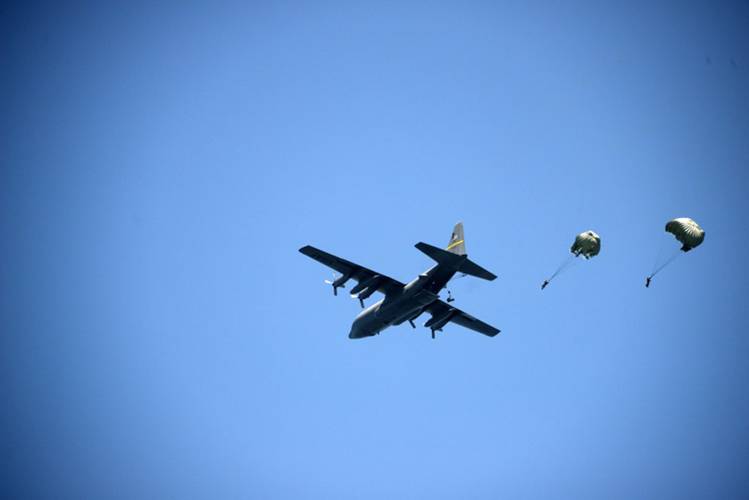
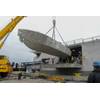
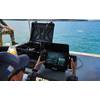













 February 2024
February 2024



